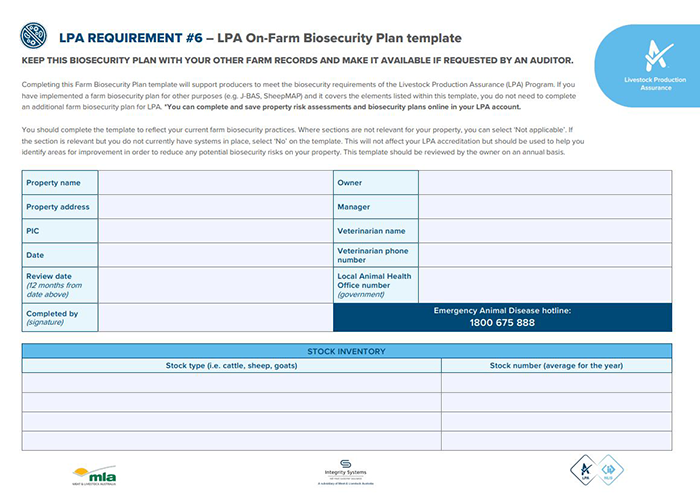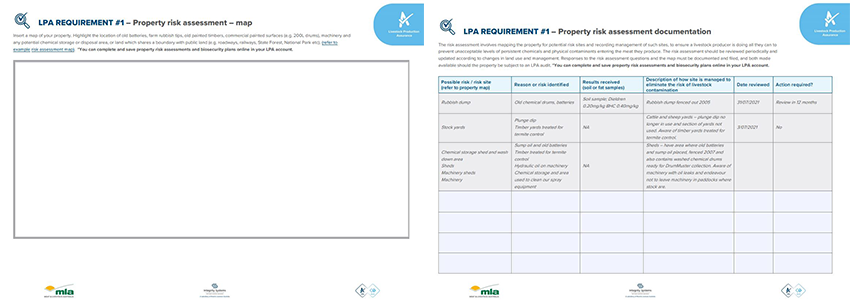Five ways to meet your integrity requirements this year
01 February 2022
-Min Read
- ISC recommends updating your Farm Biosecurity Plan and Property Risk Assessment at the start of each year to ensure food safety and meet your LPA requirements.
- Learn how to link your industry accounts including LPA, NLIS and more to myMLA to access all your accounts with the one username and password.
- ISC also advises producers to conduct a PIC reconciliation at the start of each year to ensure they have an accurate record of what livestock are on their property and prevent errors from occurring when NLIS transfers are completed.
For more practical tips and tools to help you meet your integrity requirements, access ISC’s Stand by what you sell webinar recordings.

